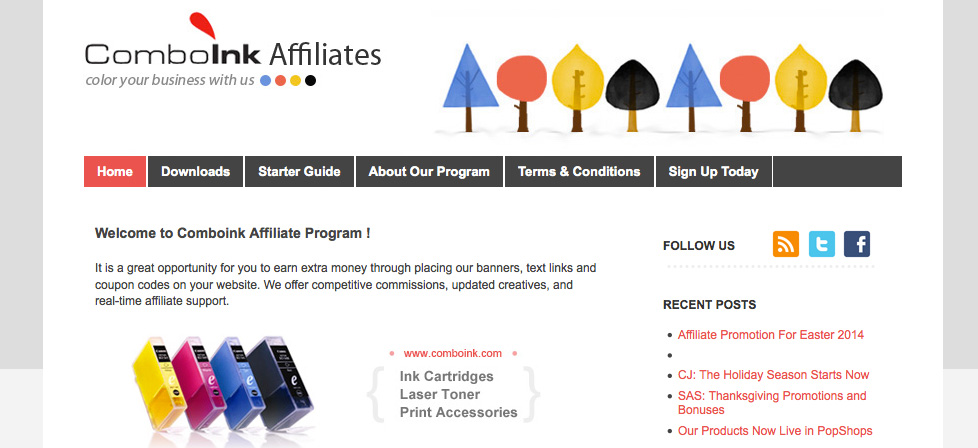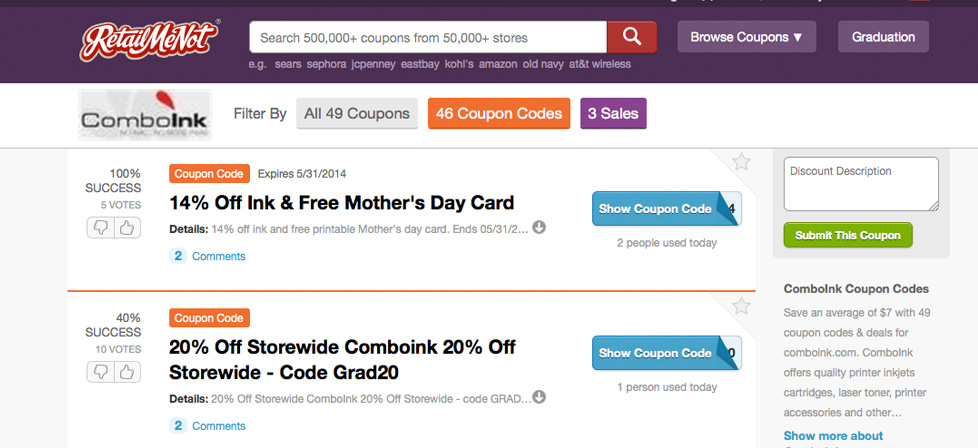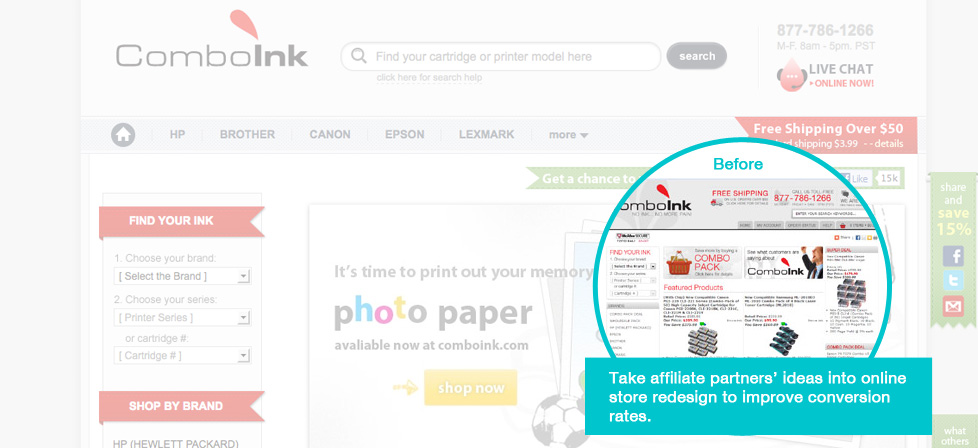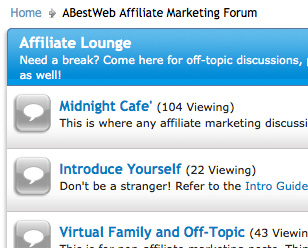
The first step of providing a user experienc strategy is no different from a user experience design, to gather information about the user and the business. The information will later get turned into approaches for the user experience. In this case, the users are the affiliates.
I started my research from literature reviews and data analysis of affiliate marketing. Later on, I joined forums and generated conversations with affiliates and investigated how our affiliates make sales from both our and other online stores. I also sought to discover how and why affiliates chose their marketing strategies and what they looked for from the merchants.
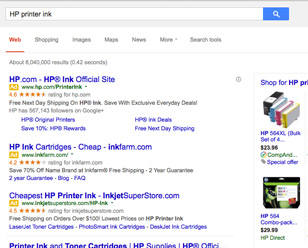
We learned that affiliates make their marketing decisions based upon:
- What the merchant sells. To find out how to generate the biggest ROI, affiliates have to understand us, the merchant, and our customers.
- The affiliate's marketing expertise and the materials the merchant provides to support the expertise.
Our affiliates share the same goal of generating sales but have different behavior patterns depending on their marketing expertise. I decided to divide our affiliates into user groups by the behavior patterns and gave each group a customer profile. We finally had three major user groups: the affiliates looking for coupon codes, the affiliates focusing on search engine marketing, and the affiliates running their own product feed sites.

We realized that having the affiliates working with us, instead of working for us, was the best way to rejuvenate the affiliate program. With the increased engagement with the affiliates, we learned more about how they sell thier products and what information they needed from us to make more sales.
I worked with the online store owner to continuously offer popular product feeds, creative and exclusive marketing campaigns, and new incentives to the three affiliates groups via affiliate marketing networks (ShareASale; Commission Junction).
We rewarded and recognized our top affiliate partners. To strengthen our ties with our partners, we responded to questions timely, interacted with them on affiliate blogs and newsletters, and continuously asked for feedback to improve the program and our online store.
